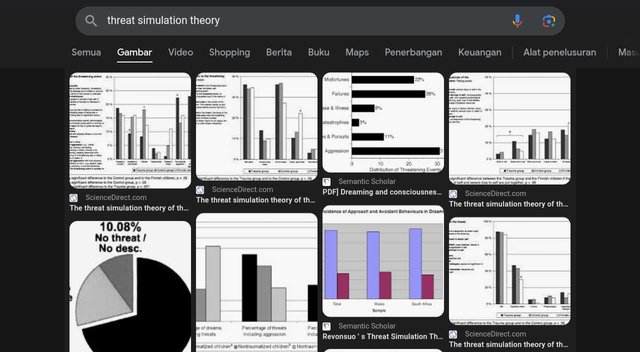Oneirophobia
Oneirophobia is the fear of dream and may be related to nightmares.
Dreams are a succession of ideas, emotions, and usually occur in the REM sleep phase. Meanwhile, nightmares are unpleasant dream conditions that cause strong emotional responses such as fear, anxiety, sadness, and even lead to psychological distress.
Dreams can be very confusing, especially because the narrative and quality of the content which do not match the interpretation. Dream interpretation itself involves a more frightening process than nightmares, especially for PTSD sufferers. Traumatic experiences can carry over into dreams and create the reality and quality of real fear.
Phobias must reach the level of conditioned fear whereas nightmare disorders involve more complex processes and frequent dreams.
First described in The Dream Frontier written by Dr. Mark J. Blechner[1], one of the sufferer's worries is triggered by experiences with frightening dreams or negative events that influence dreams. There are consequences for avoiding sleep and other bad behavior.
The characteristics of worries that can impact other conditions are even more specific. The criteria for the overall feature must be better than just the usual concerns.
Varieties of dream experiences also present varying states of worry. Not to mention other factors such as environment, psychological and social conditions, or past bad experiences that influence dreams indirectly. Dreams themselves have a more complex function than can be explained and one of the contents of dreams is triggered by emotions.
The type of emotion that is present and is related to the quality, content, and how much emotion, for example less positive emotion will increase the occurrence of fear, anxiety, as well as the emotional frequency, how binding and attached to this condition.

In Threat Simulation Theory, dreams present the experience of fear as more threatening than in real life in order to serve the purpose of allowing rehearsal of more threatening scenarios to better prepare the individual for real threats.
The role of emotions in dream content and the intensity of fear also influence the quality of worry and dream interpretation presents better phobic symptoms than ocurrend. For example, symbolic content tends to be more difficult to interpret than surrealistic content. In addition, individuals can experience a variety of emotions and they fluctuate actively.
As a reconditioning process, dreams may involve more complex emotional processes and enhanced threat conditioning, specializing in various threat avoidance mechanisms and defensive manifestations of these processes.
References
Blechner, M. J. (2014, July). The Dream Frontier. markblechner.com Chapter Outline. https://www.markblechner.com/dream_frontier/chapters.php